Beaches are among the most breathtaking natural wonders on Earth, offering a perfect blend of tranquility, adventure, and scenic beauty. Stretching along coastlines in every corner of the world, these sandy shores captivate visitors with their crystal-clear waters, golden sands, and stunning sunsets. Beyond their aesthetic appeal, beaches also play a crucial role in the environment, support local economies, and provide numerous health benefits to both humans and wildlife.
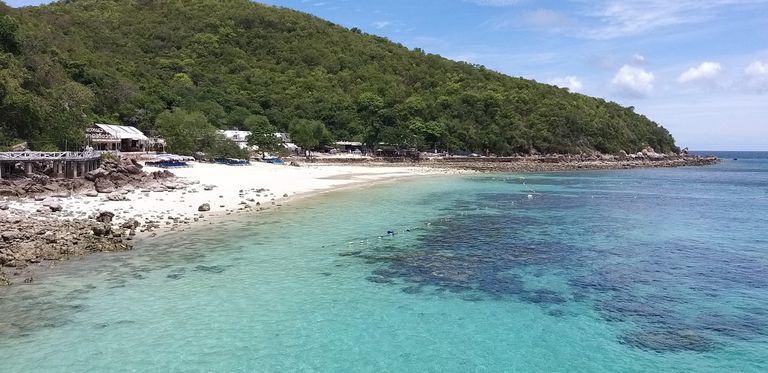
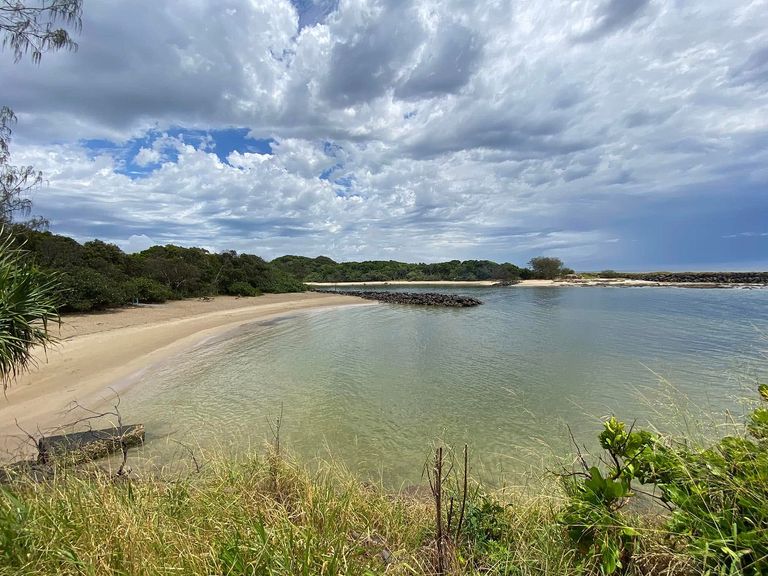


The Beauty of Beaches
The allure of beaches lies in their diverse landscapes, ranging from soft white sands and turquoise waters to rugged cliffs and volcanic black shores. Whether it's the pristine beaches of the Maldives, the dramatic coastlines of Australia, or the lively shores of Thailand, each beach offers a unique charm.
Golden and White Sand Beaches – Found in tropical destinations such as the Caribbean, Hawaii, and Southeast Asia, these beaches are famous for their soft, powdery sand and clear waters.
Black Sand Beaches – Created by volcanic activity, black sand beaches like those in Iceland and Hawaii offer a striking contrast against the ocean.
Pink and Red Sand Beaches – Unique beaches such as Pink Sands Beach in the Bahamas and Red Beach in Santorini showcase nature’s artistic beauty.
Rocky and Cliffside Beaches – Beaches in places like Portugal’s Algarve region and California’s Big Sur feature dramatic cliffs and rock formations, providing stunning scenic views.
Each type of beach has its own charm, offering visitors an escape into nature’s wonders.
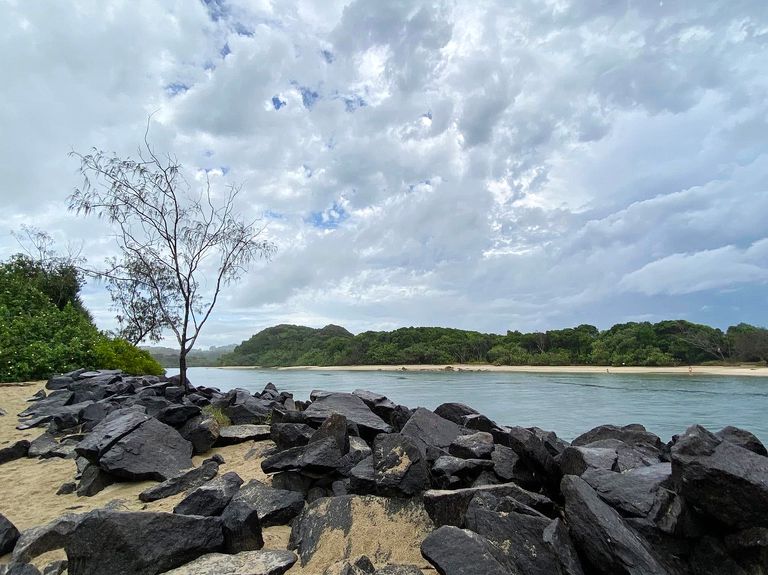
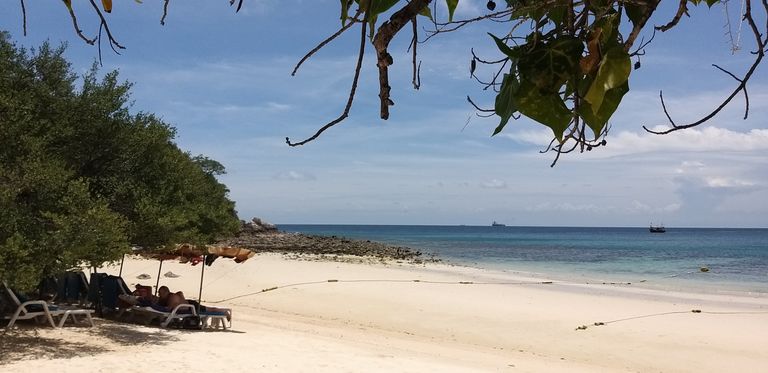
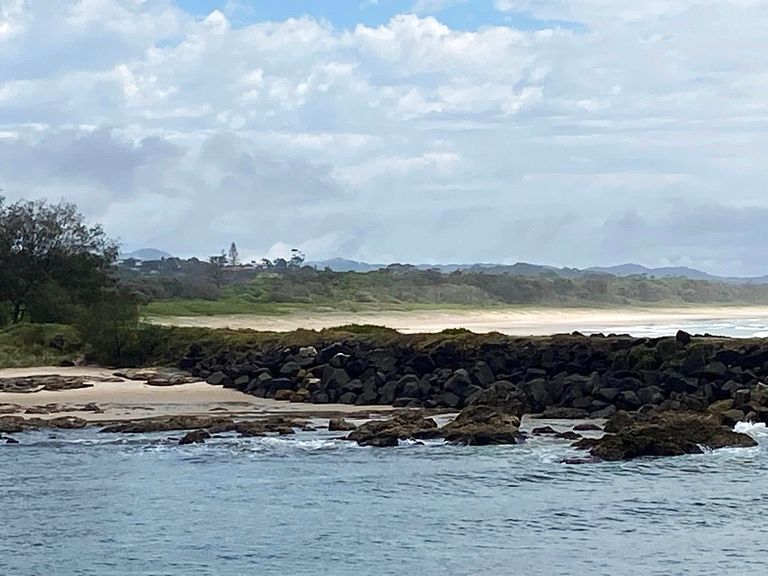

Characteristics of Beaches Around the World
Beaches vary in appearance and composition depending on their location and the forces of nature that shape them. Some key characteristics include:
Tidal Patterns – Beaches experience changing tides, which influence marine life, coastal erosion, and recreational activities like surfing and tide pool exploration.
Coral Reefs and Marine Life – Many beaches, such as those in the Great Barrier Reef and the Philippines, are home to coral reefs that support vibrant underwater ecosystems.
Weather and Climate – Some beaches enjoy warm, tropical weather year-round, while others, like those in Norway, feature cold waters and even ice-covered shores during winter.
Despite these differences, all beaches share the ability to inspire and rejuvenate those who visit them.
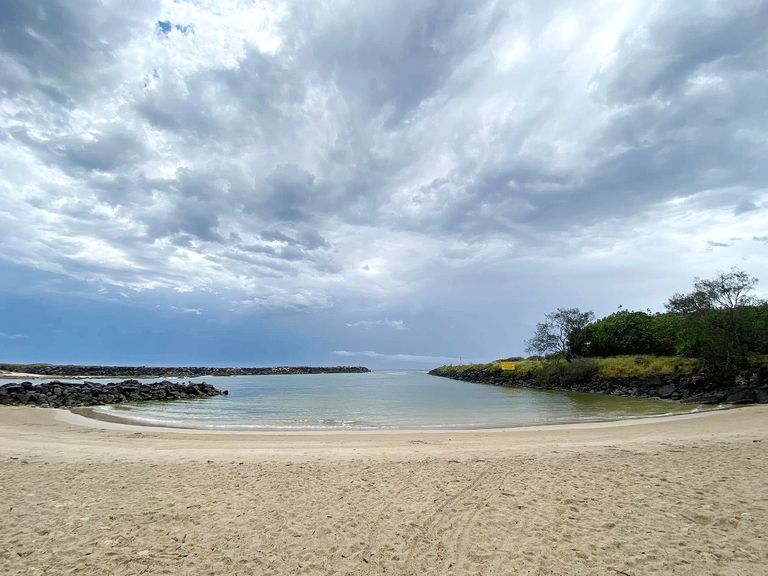


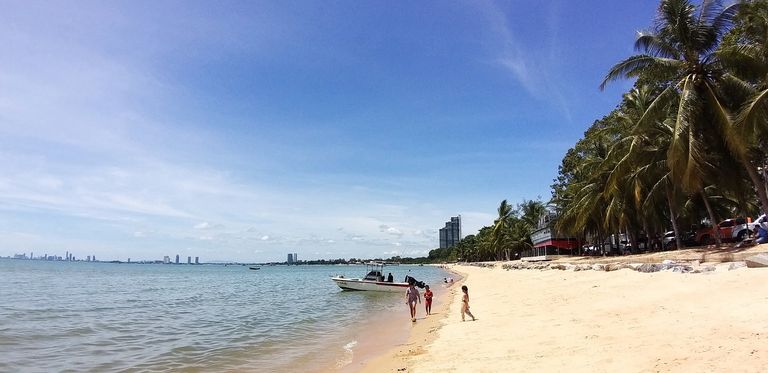
The Benefits of Beaches to Humans and Wildlife
Beaches are more than just picturesque destinations; they serve essential roles in both human and environmental well-being.
Environmental Benefits
Natural Habitats – Beaches provide homes for various species, including sea turtles, seabirds, crabs, and countless marine creatures.
Coastal Protection – Sand dunes and mangroves found along some beaches help protect inland areas from storms and erosion.
Oxygen Production – Ocean waves and marine plants contribute to oxygen production, benefiting the planet's atmosphere.
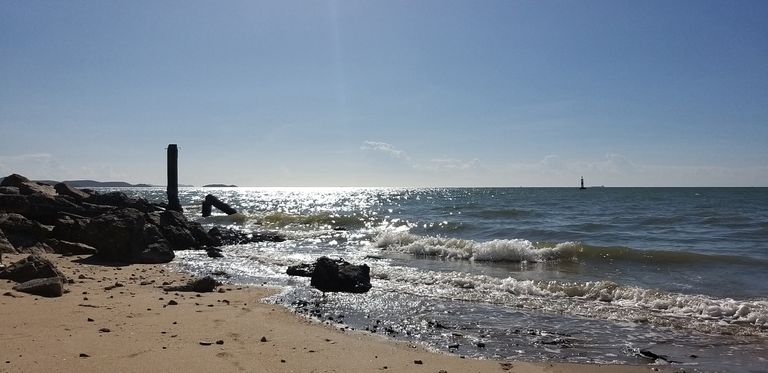


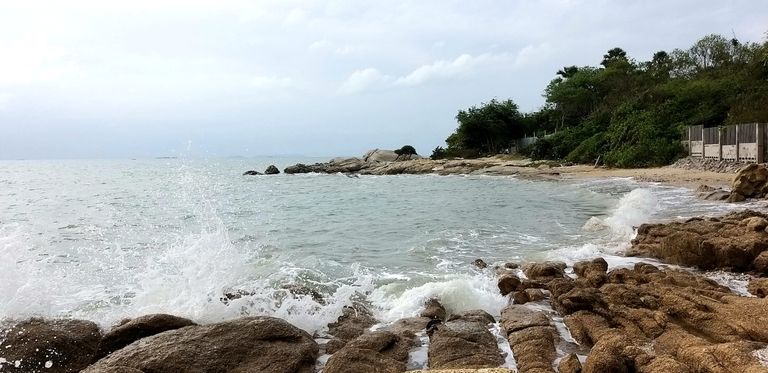
Health and Wellness Benefits
Stress Relief – The soothing sound of waves and fresh ocean air promote relaxation and mental well-being.
Vitamin D Absorption – Sunlight exposure on beaches allows the body to absorb Vitamin D, essential for bone health and immune function.
Physical Activity – Swimming, jogging on sand, surfing, and beach yoga are great ways to stay active and healthy.
Economic and Tourism Benefits
Local Economies – Beach tourism supports businesses, including hotels, restaurants, water sports operators, and souvenir shops.
Fishing and Seafood Industry – Many coastal communities rely on beaches for fishing and seafood production, which is a vital source of income.
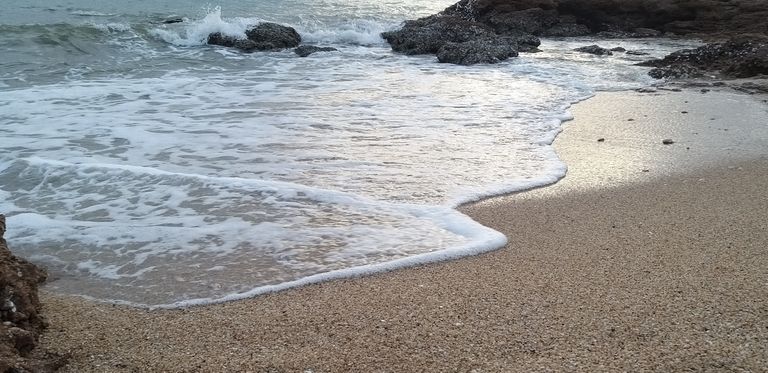



Conclusion
Beaches are among the most cherished and essential natural environments on Earth. Their stunning beauty, diverse characteristics, and invaluable benefits make them destinations of relaxation, adventure, and ecological importance. Whether basking in the sun, diving into crystal-clear waters, or simply admiring a sunset over the horizon, beaches offer an unparalleled connection to nature. As we continue to enjoy their wonders, it is also our responsibility to protect and preserve these beautiful coastal treasures for future generations.
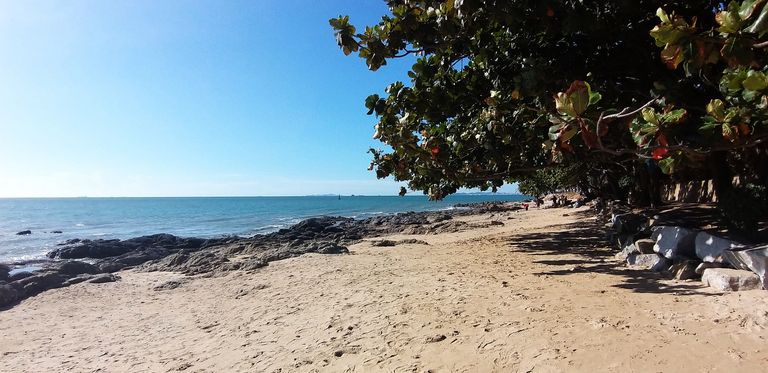
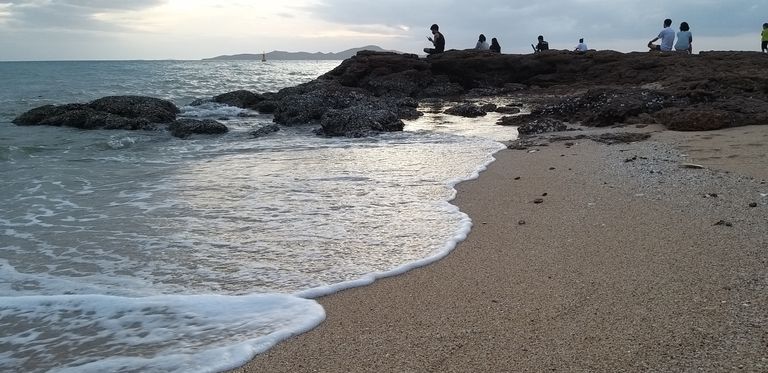

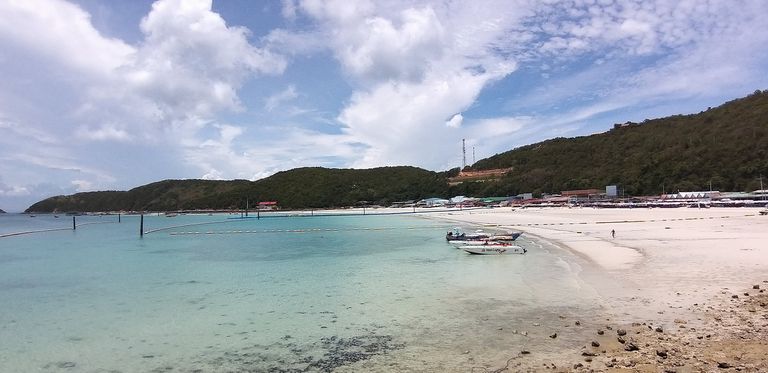

Life's a beach!
Certainly is ....haha...but I am loving it 😜